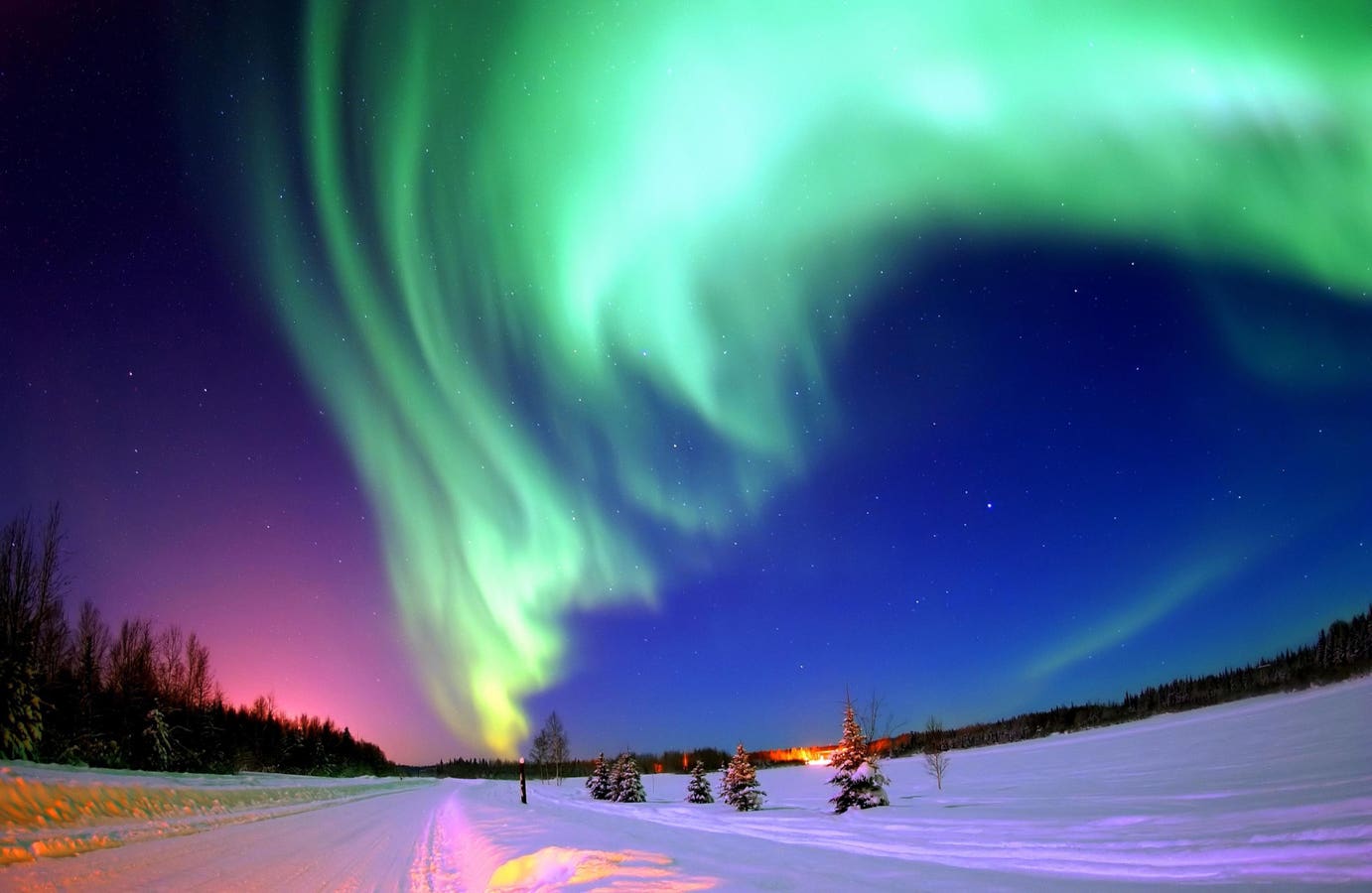The captivating displays of the Northern Lights, a mesmerizing spectacle of green, red, purple, and blue, can be a sign of danger. These breathtaking auroras, caused by the solar wind, signal the arrival of strong electric currents that can potentially wreak havoc on our infrastructure, damaging power lines, pipelines, railways, and submarine cables.
A new study published in *Frontiers in Astronomy and Space Sciences
- reveals the crucial role of "interplanetary shocks" in this phenomenon. These shocks, disruptions in the solar wind caused by coronal mass ejections (CMEs) from the sun, are responsible for the compression of Earth's protective magnetic field, leading to auroras. However, it's the angle at which these shocks impact Earth that determines the intensity of the resulting currents.
A CME is a powerful burst of solar material ejected from the sun at speeds up to 1,900 miles per second (3,000 kilometers per second). When this cloud of magnetic fields and charged particles hits Earth's magnetic field, it triggers a cascade of events, including auroras. The impact angle of these shocks plays a crucial role in the severity of the consequences.
The study found that interplanetary shocks hitting Earth head-on induce the strongest geomagnetically induced currents (GICs). These frontal shocks compress Earth's magnetic field more effectively, leading to higher peaks in GICs. The research, based on a database of interplanetary shocks and GIC measurements from a natural gas pipeline in Mäntsälä, Finland, located within the "aurora zone," confirms this correlation.
The researchers also noted that the most intense peaks in GICs occur around "magnetic midnight," when the North Pole is positioned between the sun and Earth's night side, causing a more direct impact.
This knowledge is particularly relevant as the sun enters its solar maximum phase, a period characterized by heightened solar activity, including more frequent interplanetary shocks.
"Auroras and geomagnetically induced currents are caused by similar space weather drivers," explained Dr. Denny Oliveira of NASA's Goddard Space Flight Center, the lead author of the study. "The aurora is a visual warning that indicates that electric currents in space can generate these geomagnetically induced currents on the ground."
The intensity of these space weather events can be remarkable. The aurora display on May 10, 2024, was particularly intense, causing the auroral oval, usually confined to polar regions, to expand significantly. This expansion was attributed to the arrival of multiple CMEs, resulting in the most severe geomagnetic storm in two decades.
The study highlights the need for better understanding and forecasting of interplanetary shocks, especially those impacting Earth head-on. By predicting these events, we can potentially mitigate the risks to our critical infrastructure, protecting our power grid, communication systems, and other essential technologies.
As we navigate the dynamic environment of space weather, understanding these events becomes crucial. The vibrant auroras may enchant us, but their power serves as a reminder of the complex and potentially disruptive forces that shape our planet.

